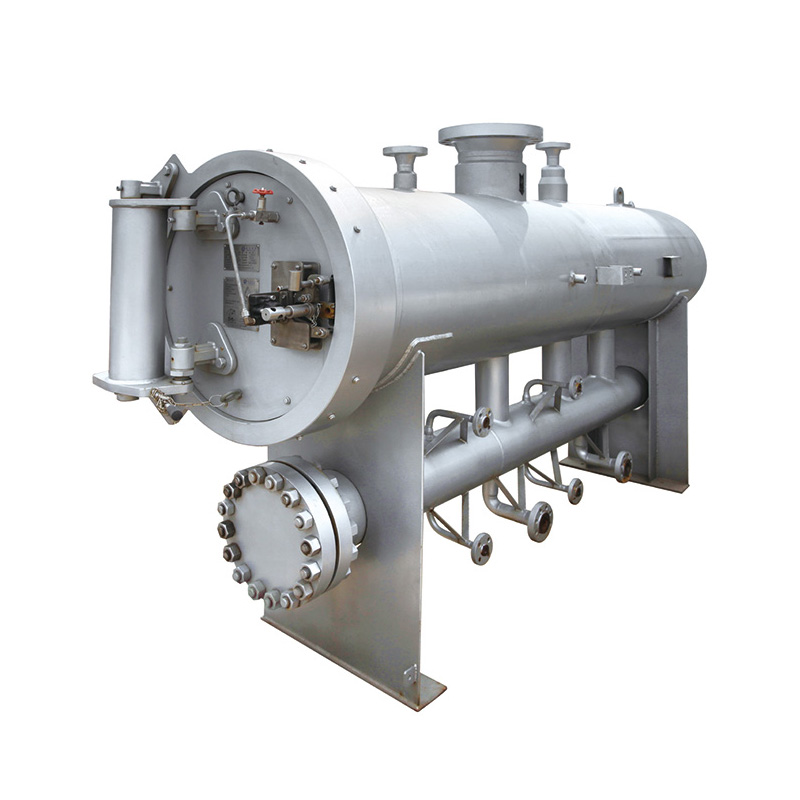
Oct . 16, 2024 13:14
Back to list
Understanding Gas Pressure Regulator Valves for Optimal Performance and Safety
Understanding Gas Pressure Regulator Valves
Gas pressure regulator valves are essential components in a variety of systems that utilize gas, such as heating systems, industrial machinery, and even residential appliances. These valves play a crucial role in managing and maintaining gas pressure, ensuring safety, efficiency, and optimal performance.
What is a Gas Pressure Regulator Valve?
A gas pressure regulator valve is designed to reduce and stabilize the pressure of gas coming from a high-pressure source to a lower, usable level. This regulation is vital because it prevents over-pressurization, which can lead to equipment damage, safety hazards, or inefficient operation. By providing consistent pressure, these regulators help maintain the correct flow of gas, allowing burners or equipment to operate effectively.
Gas pressure regulators can be found in various settings, from natural gas pipelines to propane tanks and industrial gas installations. They are crucial in applications such as residential heating systems, cooking appliances, and even in the manufacturing of goods that involve gas as a primary energy source.
How Do Gas Pressure Regulators Work?
The primary function of a gas pressure regulator is to sense the downstream pressure and modify the flow of gas accordingly. At the heart of the regulator is a diaphragm or a similar mechanism that responds to changes in pressure. When the downstream pressure drops below a predetermined level, the diaphragm moves, allowing more gas to flow into the system. Conversely, when the pressure exceeds the set limit, the diaphragm adjusts to restrict flow, thereby stabilizing the pressure.
Most gas regulators have an inlet and outlet, often marked as high-pressure and low-pressure. The high-pressure side connects to the gas source, while the low-pressure side directs gas to the appliance or system. Additionally, many regulators are equipped with adjustment screws, allowing users to set the desired outlet pressure according to the specific needs of their equipment.
Types of Gas Pressure Regulators
There are various types of gas pressure regulators, each suited for specific applications. Some of the most common types include
gas pressure regulator valve

1. Single-Stage Regulators These are simple systems that reduce high pressure to a lower level in one step. They are easy to install and are often used for applications where precise pressure control is not critical.
2. Two-Stage Regulators These regulators offer more precise pressure control by reducing pressure in two stages. The gas first passes through a high-pressure stage, followed by a low-pressure stage. This design reduces pressure fluctuations and provides a more stable gas supply, making them ideal for more sensitive applications.
3. Back Pressure Regulators These regulators maintain a set pressure on the inlet side by diverting excess gas back to the source. They are widely used in systems where the pressure needs to be controlled at all times.
4. Automatic Changeover Regulators Designed for systems with multiple gas supplies, these regulators switch between sources automatically when one becomes depleted, ensuring an uninterrupted gas supply.
Importance of Gas Pressure Regulators
The importance of gas pressure regulators cannot be overstated. They not only enhance safety by preventing gas leaks and explosions due to over-pressurization, but they also improve the efficiency of gas usage. By maintaining a consistent pressure, appliances and equipment can operate more efficiently, reducing gas consumption and saving costs.
Moreover, in industrial settings, precise gas pressure control can significantly affect production quality. For instance, in processes such as welding or chemical manufacturing, consistent gas flow and pressure are critical to achieving desired outcomes.
Conclusion
Gas pressure regulator valves are indispensable tools that ensure the safe and efficient use of gas in various applications. Understanding their functioning, types, and importance highlights how these devices contribute to safety, efficiency, and reliability in gas systems. As technology advances, newer and more sophisticated regulators will continue to evolve, further enhancing the capabilities and safety of gas utilization in our daily lives. Whether in homes, industries, or commercial environments, gas pressure regulators play a pivotal role in ensuring that our gas systems operate safely and efficiently.
Latest news
-
Safety Valve Spring-Loaded Design Overpressure ProtectionNewsJul.25,2025
-
Precision Voltage Regulator AC5 Accuracy Grade PerformanceNewsJul.25,2025
-
Natural Gas Pressure Regulating Skid Industrial Pipeline ApplicationsNewsJul.25,2025
-
Natural Gas Filter Stainless Steel Mesh Element DesignNewsJul.25,2025
-
Gas Pressure Regulator Valve Direct-Acting Spring-Loaded DesignNewsJul.25,2025
-
Decompression Equipment Multi-Stage Heat Exchange System DesignNewsJul.25,2025

